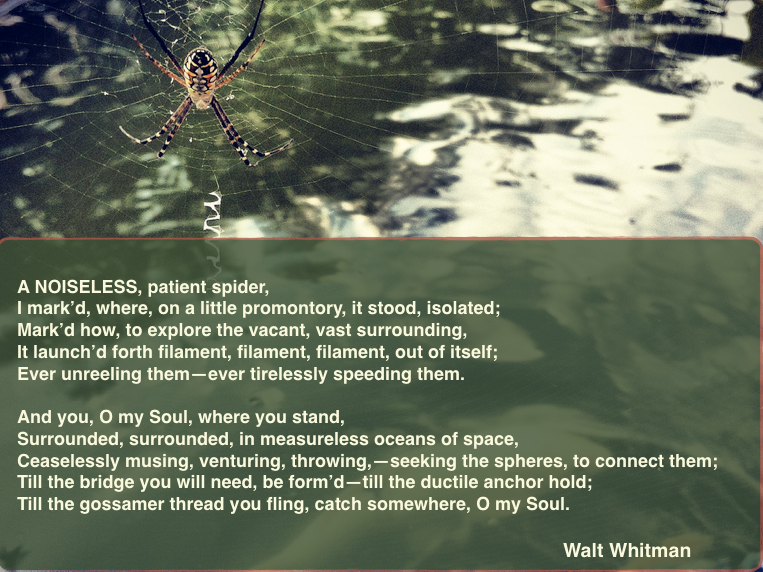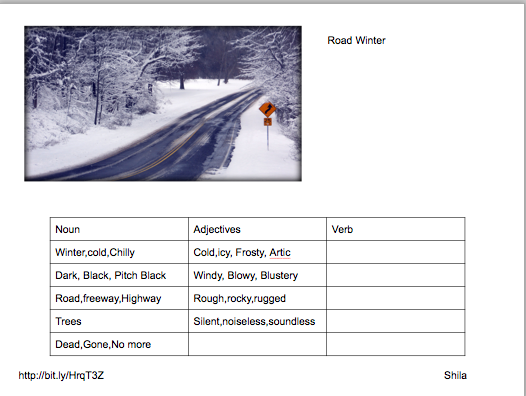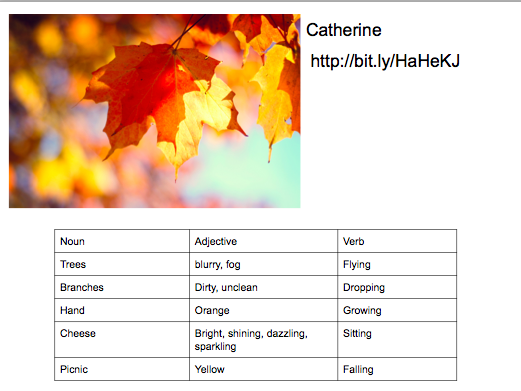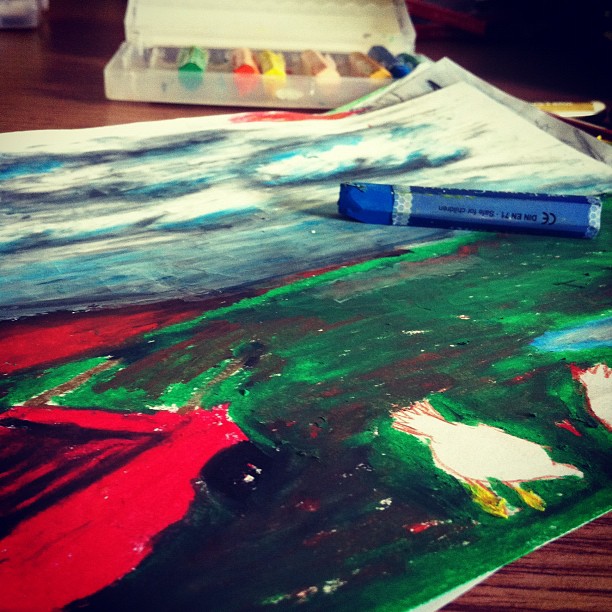I have never been a fan of numbers. Can’t (don’t, won’t?) do maths. Physics ain’t my thing. I do, however, have a nagging curiosity about the nature of the universe and the magic with which it is made up. I simply choose to express my curiosity through words–poetry and metaphor, stories and allusions. There is a poetry in numbers, I am sure, but I only feel it when I translate it into pictures and words.
So when I saw the video below about the power of stored energy and chain reactions, my mind immediately sprung to an analogy and a song:
Until your back’s up against the wall
You never know yourself that much at all
So you’ve got to share your love with a friend
That’s all that you’ve got left in the end
Living in this city of pure confusion
People misled by their own illusion
All this action, no satisfaction
We’re all linked together like a chain reaction
Play or fold, love is bold
What is the future that will unfold?
Beastie Boys
Take a look:
I couldn’t help but think about the concept of stored energy and release, of change and revolution in– politics, in education, in personal growth. My mind lit up to reveal how, “a person is a person no matter how small.” I am so often frustrated with the slow pace of change in terms of educational reform, or politics change, or social justice, but this clip reminded me that we live in a universe of stored and released energy. I may feel like the tiny 1mm x 1mm domino, but perhaps someday when I simply lead forward a bit and reach that tipping point, the larger dominoes (traditional schooling, racism, sexism, homophobia, etc….) will to topple over. Or maybe they are in the process of falling as we speak, but we are stuck in a slow-motion frame and it feels like it is taking forever.
Then I thought about the power of positive energy and love and karma and what this energy could be capable of when released! Not to get all metaphysical here, but there is power in energy, as evidenced in the clip, so be aware of how you harness, store, use and release it.






